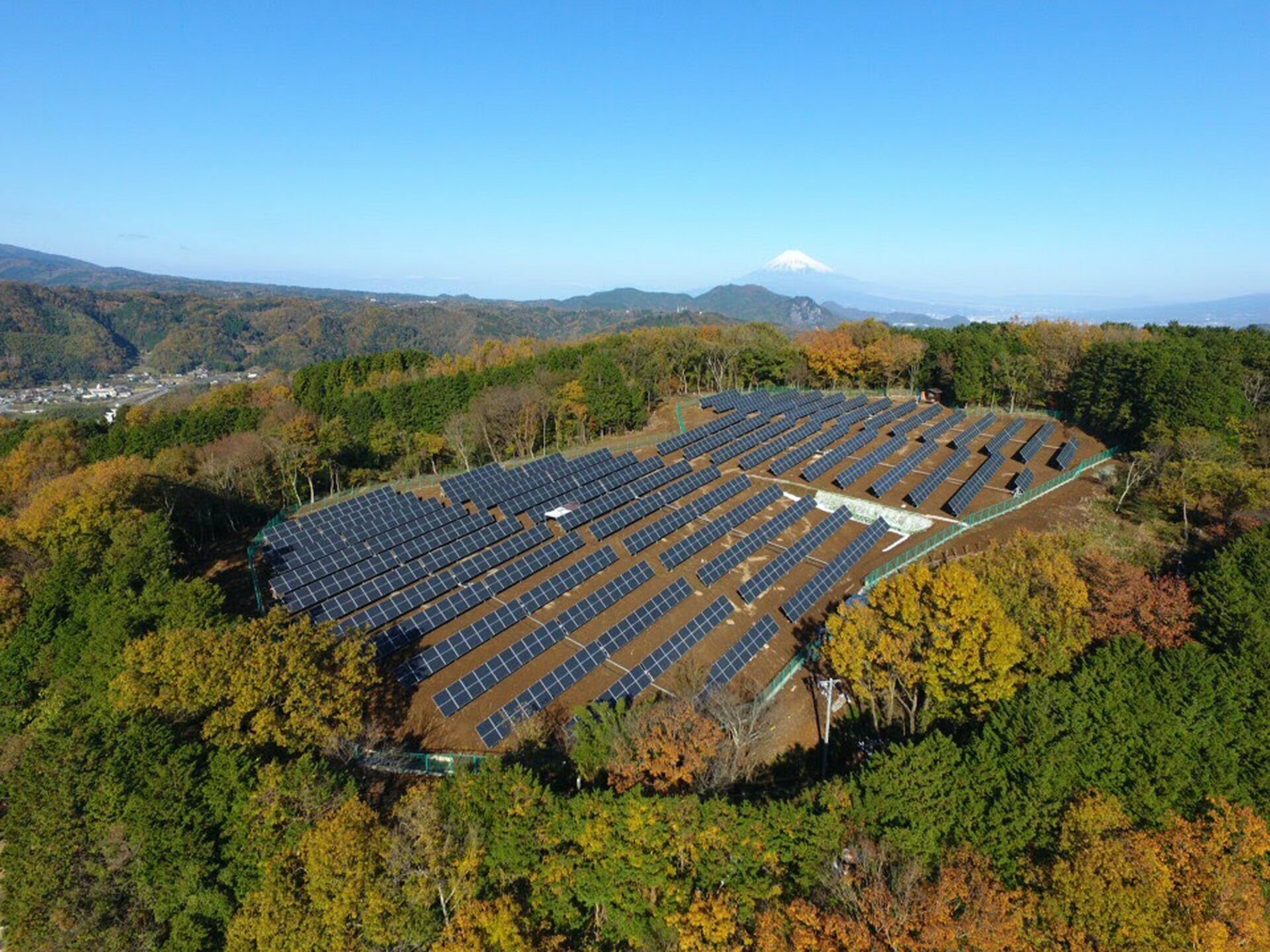Opportunities Created by EU Green Finance in Emerging Markets
The European Union (EU) Sustainable Finance Taxonomy is a European policy initiative designed to unlock opportunities in green finance, trade, and relations. Traditionally, a taxonomy helps classify a given ecosystem. Such development is likely to create opportunities in emerging economies as part of the European Green Deal.
The European Union Sustainable Finance Taxonomy serves as a standard for communication, quite similar in its objective of transparency to the Global Reporting Initiatives’ Sustainability Reporting Standards (SRS). However, unlike SRS, a company-level ESG disclosure voluntary activity, the EU Taxonomy is a policy tool led by decision-makers, with a mission to support the European Green Deal. The EU aims to be the first climate-neutral continent by 2050. Towards this effort, it must mobilize investments (well over Euro 1 trillion by 2030) sustainable by nature. European investments will begin to take place all over the world, especially in emerging markets. Accordingly, the tool would have to define economic activities that are environmentally sustainable and help achieve a climate-neutral economy. In effect, as explained by the World Business Council for Sustainable Development, an economic activity that is taxonomy-aligned is considered ‘sustainable’ under the EU Green Deal.
The European Commission calculates that between 2031 and 2050, the Green Deal would require investments amounting to Euro 4.6 trillion. Policymakers are aware that good investments payback without taking a toll on a country’s GDP. Among an array of investment areas, broadly, investors must contribute to climate change mitigation, climate change adaption, sustainable use of water, circular economy, pollution prevention, and a healthy ecosystem. The EU is aware that investments cannot originate solely from public sources to fulfil environmental objectives. Private sector investors must hold hands. The International Platform on Sustainable Finance is one step in this direction. In theory, the Green Deal is a win-win for all. Sustainable finance provides investors with a wide choice of projects, political decision-makers could strengthen international cooperation, and the recipient of finance in an emerging market would access green capital and international level support.
Private investors come in all sizes, inclusive of their green financial products. These include pension and asset managers (equity funds, bond funds, exchange-traded funds, infrastructure funds), insurance (insurance-based investment products), and investment banking (venture capital). Furthermore, the Luxembourg Stock Exchange (LGX) will voice itself as it lists 50% of the world’s green bonds. EU green finance initiatives would require investees in emerging markets to disclose several details:
- pre-existing investors and investments they support,
- due diligence inclusive of negative externalities, assessment of environmental risk and KPIs,
- the technology used and methods of manufacturing,
- efforts to generate ESG aligned data,
- specific details as per the source of funding, equity, or debt investment, and eventually
- investees will have to be comfortable with transparency, disclosing the ratio of EU green investments.
Emerging market finance recipients would have to adapt to a new standard of communication and ascertain that they are not overstepping planetary boundary thresholds. While the above points are applicable unanimously across emerging markets, as per region, green investments from the EU will have a specific local effect:
In Africa, such investment will play the primary role of starting a conversation with African decision-makers on green policy considerations. Secondly, as there is vast investment potential across Africa, EU investors will enter the continent through ESG compliant entities. Upon securing entry, EU investors could then search for opportunities to align African companies with EU green finance policy, provide incentives, and strategically partner with the African Development Bank to expand the scope of blended finance. Finally, French-speaking African countries could be the first to align with EU green finance norms, owning to comfort in language and culture.
South Asia constitutes one-fourth of the world’s population and lacks strong green regulations. Careful investments in electric mobility, renewable energy, green housing, plastic waste reduction, water, and hydro-electric supply are vital to this region. This region also suffers from high levels of toxic air pollution due to industrial activity. In the EU policy community, investors would require investees to accept training, develop best practices in company-level environmental data collection, and a willingness to adapt to zero polluting clean technology.
The EU accounts for energy (75%) and transport (25%) sectors as bearers of greenhouse gas emissions. Stakeholder cooperation in these two areas should minimize air pollution, increase the intervention of green bonds/loans (advantage of long-term maturity) in the investment mix and create consolidated practices towards a green economy. The initiative of Climate-KIC aids such partnership building and cooperation.
As EU green finance evolves through the support of law and bodies such as Principles for Responsible Investment, towards the end of 2021, screening criteria for all six environmental objectives will become clear. Also, partnerships should reach as far as Latin America. In conclusion, the carriers of this bold vision will have to be implemented by able, professional innovators:
Traditional green finance companies: such companies based in emerging markets have the experience to identify ESG compliant companies that will benefit from European investors. Not to forget that such companies also enjoy financial muscle power.
New-age start-up investors: owing to ease in business, emerging economies have encouraged 100% Foreign Direct Investment in various sectors and industries. On the other hand, the rise in start-ups in emerging markets enjoys the speed of work, a younger average age of teams, and knowledge of the latest local trends. They will probably surface as the new-age recipients of European green finance.
Additionally, innovative finance such as blockchain technology, cryptocurrency, and tokenization have strict objectives. They will help evolve finance in the European Union. It will be desirable among emerging markets to learn, train and adapt to such green finance technology to attract maximum investment.
There will be many more investors and financial products to progress the Green Deal. The above classifies them under traditional versus new age. Either way, investors and investees would have to work closely with EU decision-makers as a trusted partner. The impact of the Green New Deal on investments in emerging markets is a promising development. As frontrunners of such policy innovation, not only will Europe unlock green growth but reform green finance around the world.
Sources:
– EU taxonomy for sustainable activities, European Commission website: https://ec.europa.eu/info/business-economy-euro/banking-and-finance/sustainable-finance/eu-taxonomy-sustainable-activities_en#:~:text=The%20Taxonomy%20Regulation%20was%20published,force%20on%2012%20July%202020.
– Business Briefing: The EU Taxonomy on sustainable activities, World Business Council for Sustainable Development website: https://www.wbcsd.org/Programs/Redefining-Value/Resources/Business-briefing-The-EU-Taxonomy-on-sustainable-activities#:~:text=On%209%20March%202020%2C%20the,the%20latest%20tools%20and%20resources.
– What is the Green Deal: https://www.politico.eu/article/what-is-the-green-deal/
– Europe’s ‘Taxonomy’ May Set Global Standards for Green: Q&A, Bloomberg (The Quint) website: https://www.bloombergquint.com/onweb/europe-s-taxonomy-may-set-global-standards-for-green-q-a
– BIL Investment Insights report, Luxembourg Green Exchange, BIL Investment Insights website: https://www.bilinvestmentinsights.com/wp-content/uploads/2020/06/8pager_LGX_2019_May_web-1.pdf.
– Actions being taken by the EU, European Commission website: https://ec.europa.eu/info/strategy/priorities-2019-2024/european-green-deal/actions-being-taken-eu_en
– ESG Background, African Development Bank website: https://www.afdb.org/en/topics-and-sectors/topics/environmental-social-and-governance-esg/background
– EU taxonomy alignment case studies, Principles for Responsible Investment website: https://www.unpri.org/policy/eu-sustainable-finance-taxonomy/eu-taxonomy-alignment-case-studies
– PRI: Using the EU taxonomy, Principles for Responsible Investment YouTube video, Principles for Responsible Investment YouTube channel: https://www.youtube.com/watch?v=HDIZuoov95I&feature=emb_rel_end



